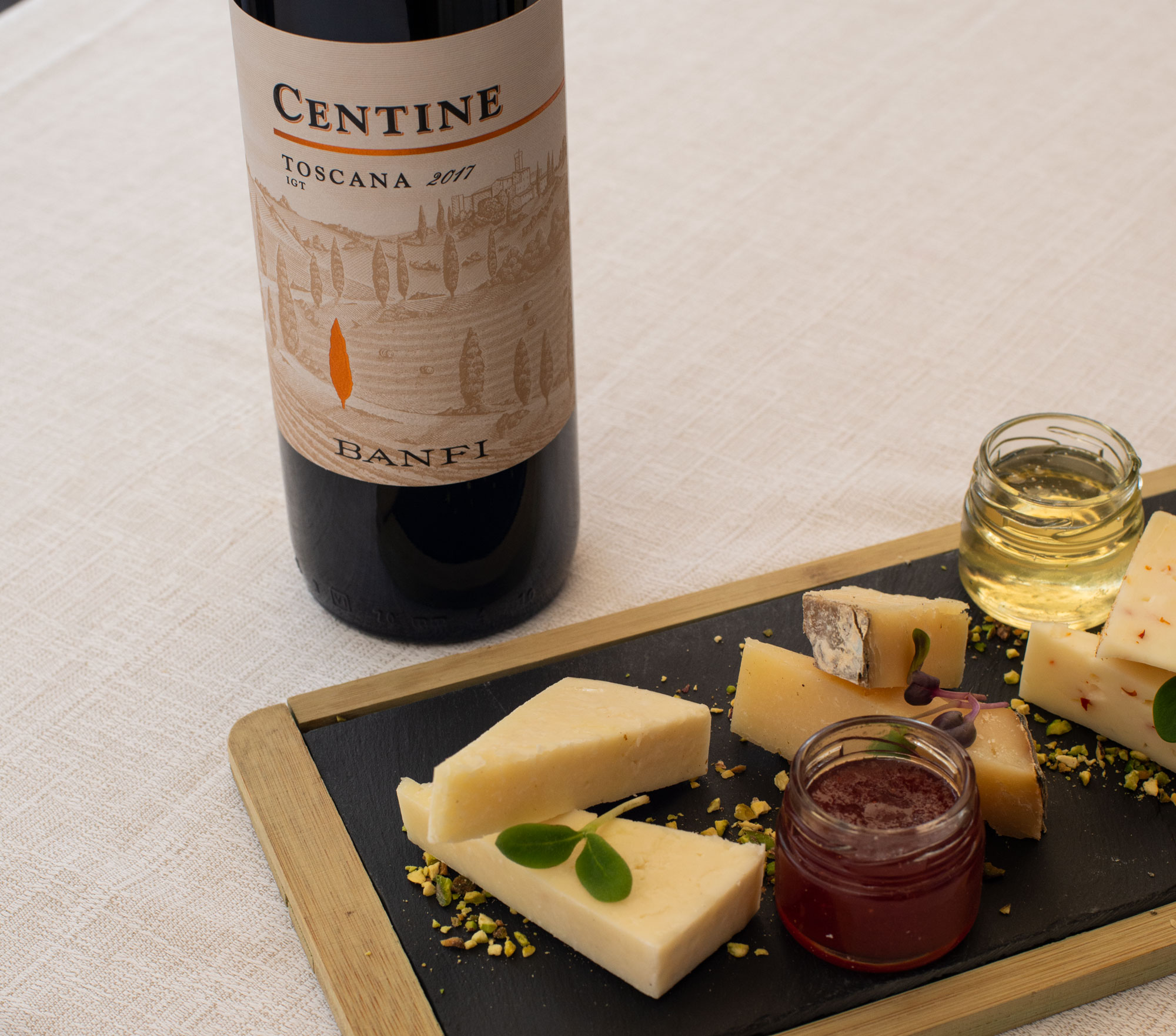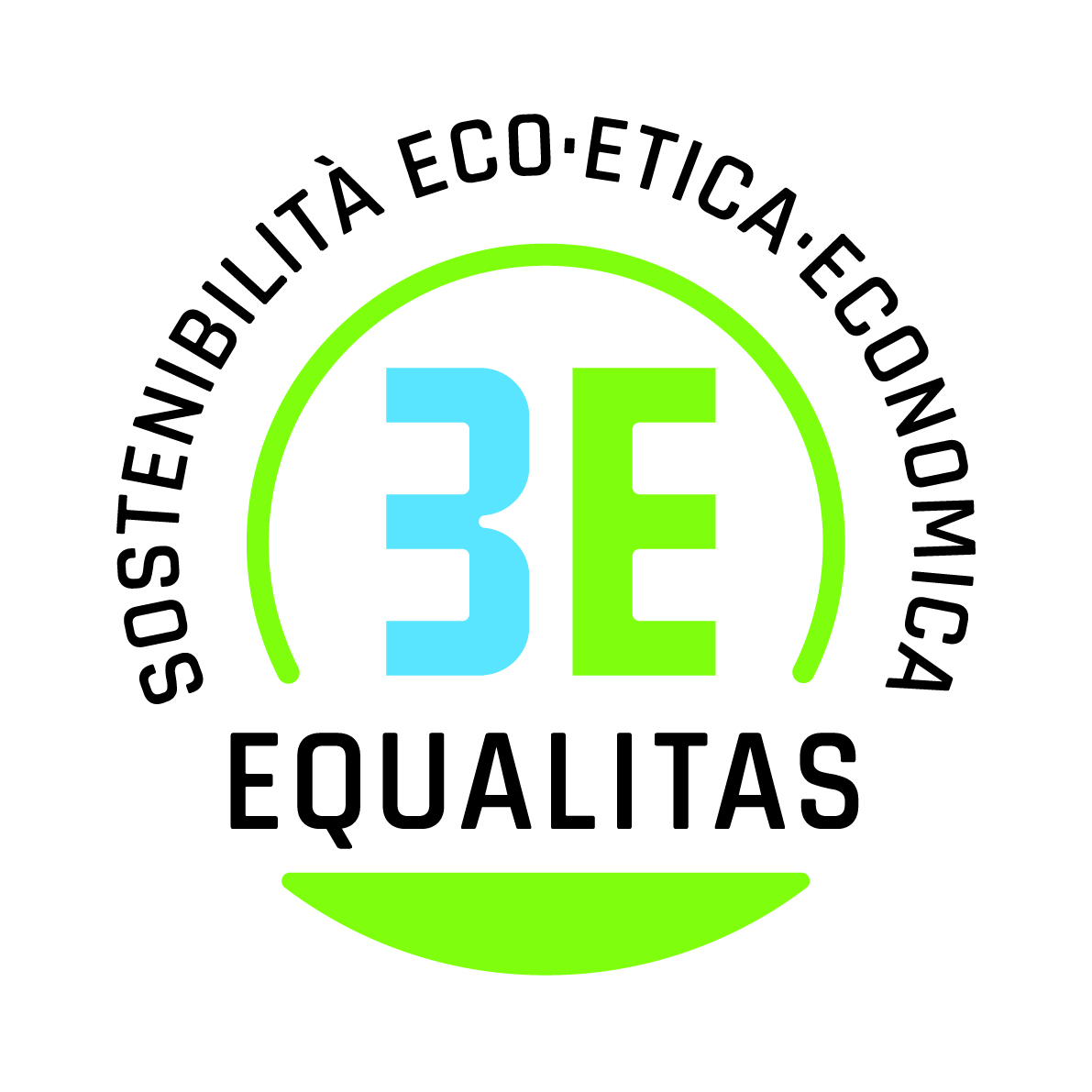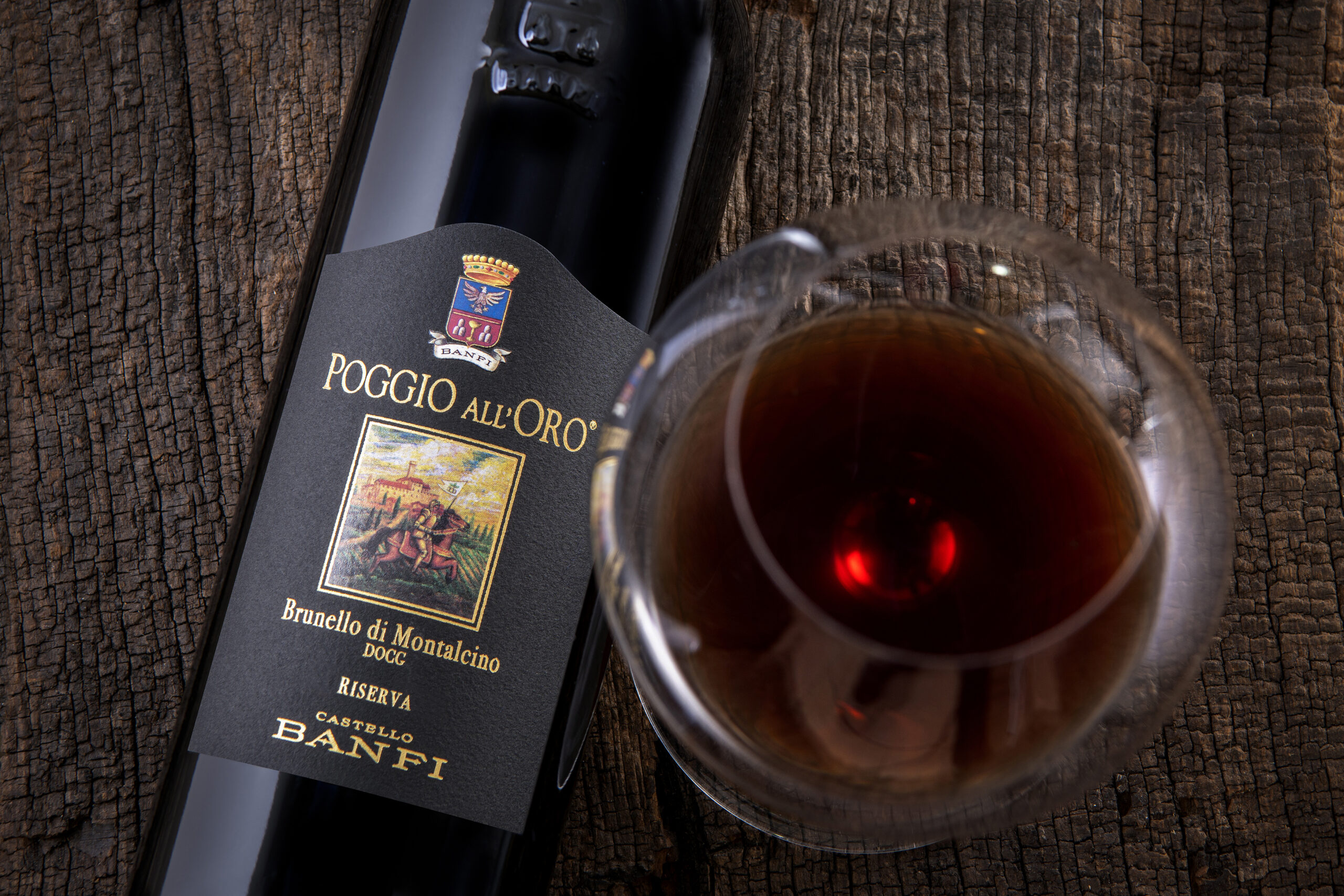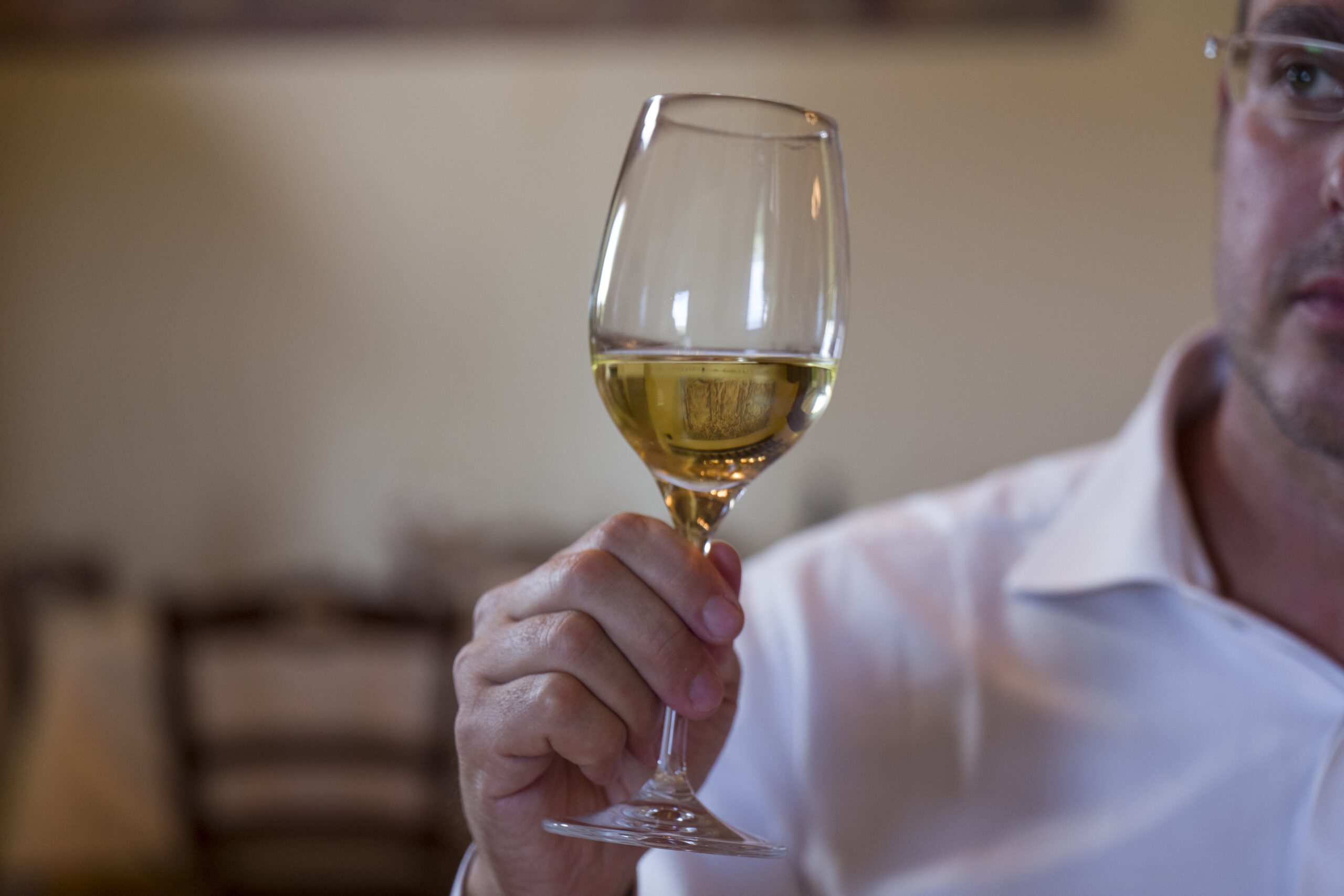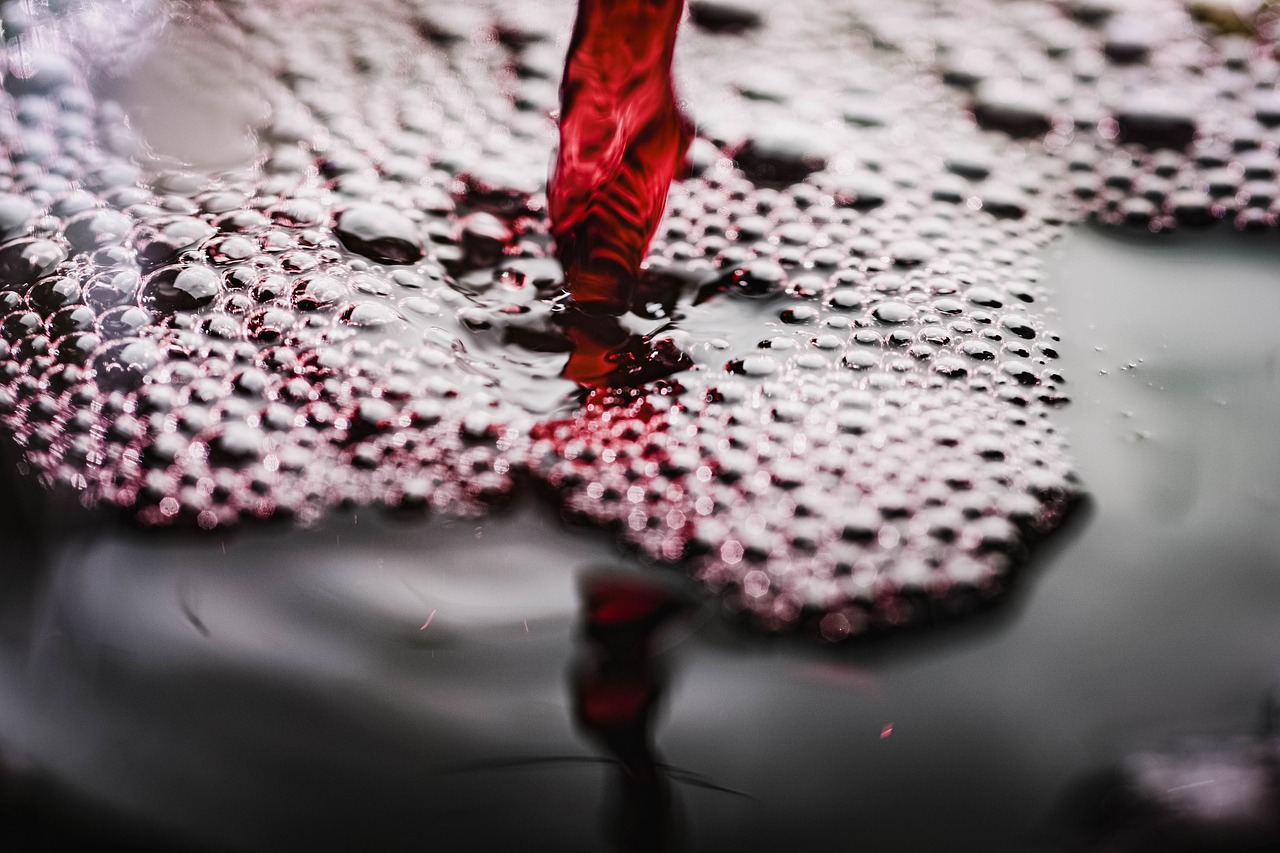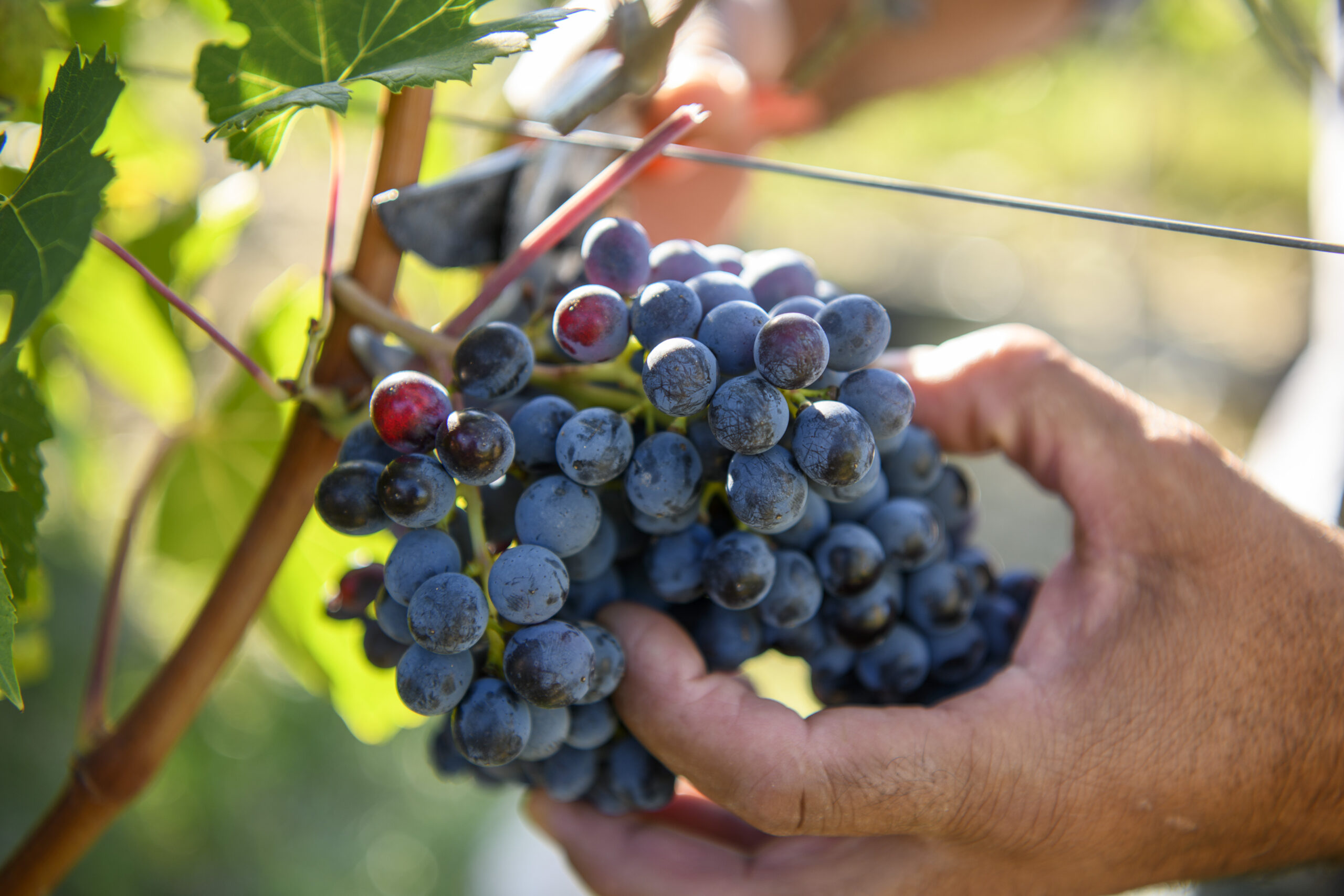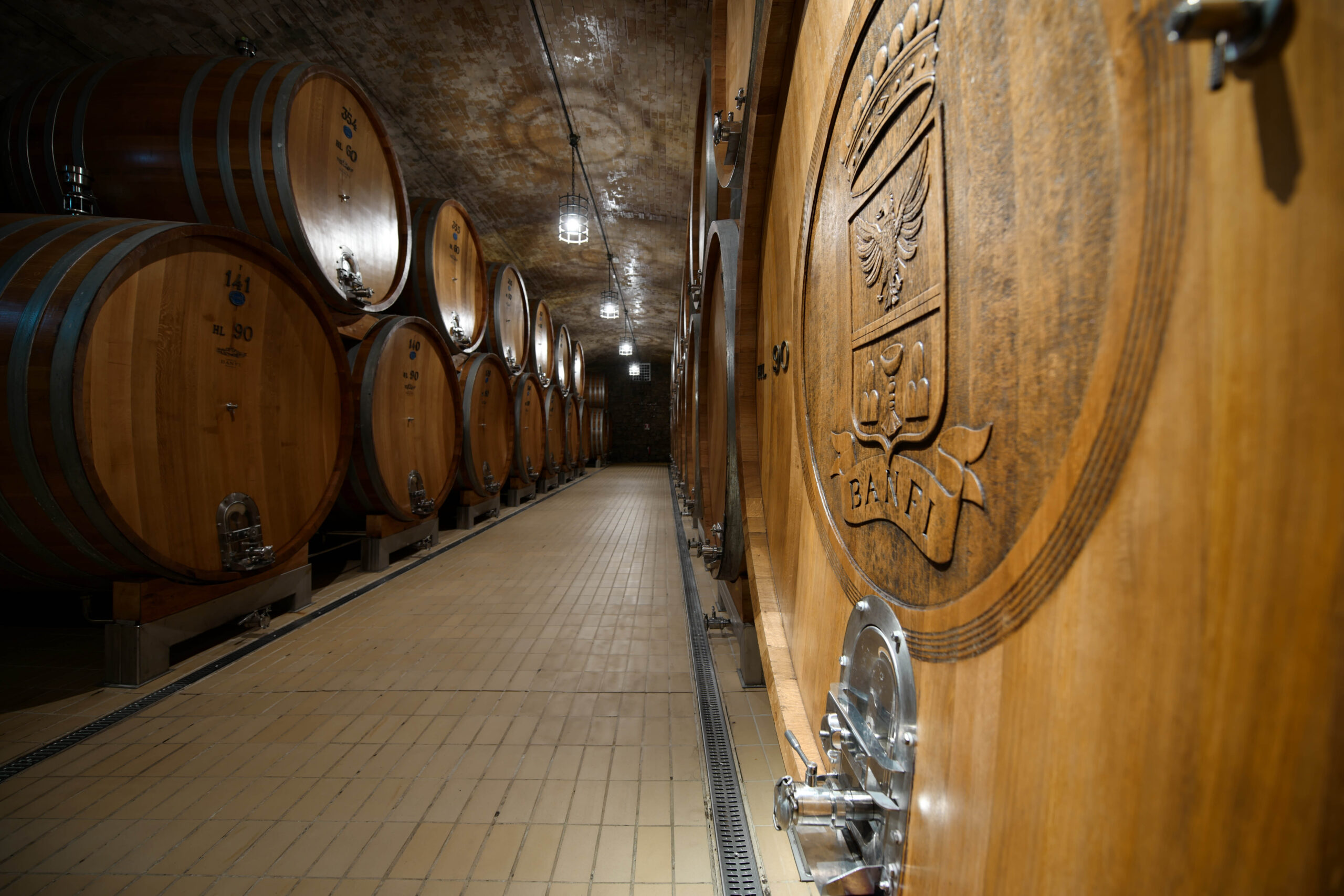Wine and cheese represent a perfect combination of Italy's most typical specialities, exported abroad as a symbol of our country's gastronomic excellence and protagonists of tastings. Wine and cheese pairing must be shrewd and careful because, given the huge variety of both products, it is easier to make mistakes.
So, what wine to pair with a cheese board? Are there any rules on how to pair cheese with wine? Rather than rules, it is appropriate to speak of criteria for matching wine and cheese:
-
for example, you can choose to follow a combination by territorialityi.e. accompanying typical cheeses from a region with the best wines from the same area;
-
Alternatively, you can opt for the combination by contrastbased on the balance between savouriness, fatness and sweetness of both wine and cheese;
-
or the combination for harmonybased on the combination of the ripeness or hardness of the cheese with the structure of the wine.
How to pair cheese with wine starting with the type of cheese
First of all, it is essential to know distinguishing different types of cheeses. It is not only the origin of the milk (cow's, goat's or sheep's milk) and the method of processing that give cheeses their characteristic taste, but also the consistency of the cheese itself, which can therefore be a factor to be taken into consideration for a correct pairing of wine and cheese. Here, then, is a cataloguing cheeses according to their type.
Soft cheeses
Soft cheeses, such as Squacquerone, the Crescenza, I Stracchino or the Gorgonzolausually very creamy, go very well with the medium-structure white wines. If the flavour of the cheese is more intense, one can also consider pairing it with wines aged in wood, which are more structured and full-bodied with a strong aromatic charge.
Semi-hard cheeses
Even for semi-hard cheeses, such as Asiago, the Emmental or the Tuscan Pecorino, a medium-structure white wine is the ideal accompaniment. If the seasoning is slightly more advanced, even a light red can be an excellent choice to enhance the taste and persistence of the cheese.
Matured cheeses
The longer the maturation of the cheese, the more intense the matching wine should be. For cheeses with a long maturation period, such as Grana or Parmesan cheese, a full-bodied red wine that can harmonise with the persistence and savouriness of mature cheeses.
Pasta filata cheeses
The category of pasta filata cheeses, typical mainly of central and southern Italy, includes both Mozzarella and Ricotta which Provoloni, Caciocavalli e CaciotteConsequently, it is difficult to give an unambiguous indication on how to pair these cheeses with wine.
A useful suggestion is to rely on the territorial criterion and thus choose fresh white wines and savoury Campania in combination with ricotta and buffalo mozzarella or Tuscan white wines such as Vermentino in combination with Caciotta della Lunigiana.
Flowered rind cheeses
For flowered rind cheeses, the choice of wine is very wide: Brie e Camembert are accompanied by medium-structure white and red wines such as those produced with the Sangiovese. The red wines from the Sangiovese variety, in fact, characterised by a precious and elegant bouquet, in which the fresh notes of flowers and fruit blend with the more intense ones of liquorice and tobacco, create a perfect harmony of flavours with the flowery rind cheeses with their strong and varied tastes. The creaminess of these cheeses is enhanced by the well-balanced and persistent structure of a Brunello di Montalcino or a Rosso di Montalcino.
Blue cheeses
The combination of wine and blue cheeses, also known as 'blue cheeses', is one of the most complicated, since cheeses such as Gorgonzola or the RoquefortThey have a strong and pungent character, which can often compete with that of wine. Moreover, in tastings blue cheeses are often accompanied by jams e preserves. One must therefore take the whole course into account when considering how to pair cheese with wine. Preference is given to dessert winesvery liqueur-like, or wood-aged aromatic white wineswhich, with their intense and heady bouquet, accompany the lingering taste of blue cheeses.
The best Banfi wines to pair with cheese
The food pairings are the result of a judicious and careful choice, aimed at balancing flavours, persistence and body so as to surprise the palate with combinations that enhance both wine and cheese. Among the Banfi wineshere are some of the most recommended ones to accompany cheeses.
Banfi red wines
The Chianti Classico DOCGa red wine of excellence made from the best varieties of the Chianti area, expresses the best of its typically Tuscan character when it accompanies cheeses with which it shares territoriality and character, such as the Tuscan Pecorino PDO. The savoury taste and velvety texture of Chianti enhance the intense aroma of this sheep's milk cheese.
Continuing with excellence, for a perfect wine and cheese pairing, the one between the Rosso di Montalcino and the Parmesan aged over 24 months. The broad structure of this red wine, at the same time complex and well-balanced, the result of the great varietal expression of Sangiovese, is ideal for accompanying the savouriness of long-ripened Parmigiano and the intensity of its character.
With a Even more mature Parmesanbeyond 36 months, a combination with the Brunello di Montalcino, one of Banfi's most appreciated excellences in the world, born from fine Sangiovese varieties and the result of decades of study and technological innovation. The rich structure of Brunello and its great olfactory potential create with the savoury taste of this cheese a rich and decisive combination, highly classy, ideal for sophisticated aperitifs.
Banfi white wines
The Fontanelle accompanies pasta filata cheeses such as Burrata, caressing the palate with a soft harmony. The fruity aromas typical of Chardonnay enhance the sweet taste of the Burratawhile the lingering finish with notes of vanilla perfectly matches the tender heart of this cheese.
The San Angelo Pinot Grigiorich in aromas, it is a wine to be paired with cheeses with equally rich aromas, such as those goats. In addition, the good acidity and savouriness of this wine nicely balances the creaminess of the Robiola or the Goat's milk cheese.
Raisin and sparkling wines
As mentioned above, the blue cheeseswith their kaleidoscope of scents and flavours need a wine that can stand up to the explosion of olfactory and taste sensations. In such cases there is nothing better than the Florus, 100% Moscadello di Montalcino, which stands out for its extreme variety of aromas and fragrances.
Finally, sparkling wines such as Tener Extra Dry are accompanied by the medium and long matured cheeseseither as an appetiser or as the final course of a rich meal. The bubbles create an intriguing contrast to the savouriness of cheeses such as the Grana or the Parmesan cheeseIt also helps to degrease the palate, while freshness is balanced by savouriness.

